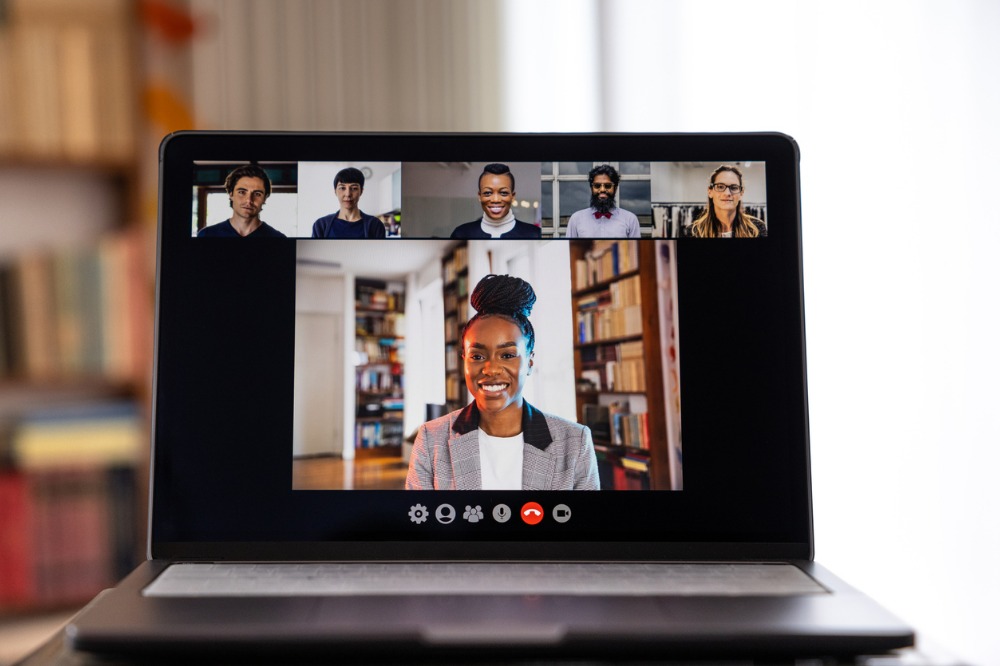Are you following the asynchronous work model?

But how can this be done correctly, without sacrificing any of the benefits of regular, face-to-face get-togethers?
For Simple KYC, a workflow solution software provider in Sydney with a far-flung employee base in four different time zones, meetings can sometimes be hard to manage.
“What I’ll do is instead of arranging a 30-minute call, giving context, explaining things from the start, what I can do is record a five-, 10-minute Bubbles video, giving feedback; walking through different designs on different screens, and then just delivering into their inbox,” said Saad Karim, business analyst at Simple KYC.
“They would go review it, and then when we meet next, we’ll be meeting not from point zero but instead we’ll be meeting where everyone would know what the background is, what we’re talking about.”
As a company with employees in Australia, the Philippines, Spain and New Zealand, the asynchronous workflow has been a godsend, said Karim.
“It’s a challenge that we need to talk to each other on a daily basis. Whether it would be some feedback we have on sales and also around products, asynchronous is something that we have been dealing with through emails and Slack before but now we are saving our time spending on those meetings.”
Time saver
While it’s not realistic to completely eradicate meetings, “what we can do is we can achieve that efficiency where we only have meetings when needed,” he said.
To get the best results when recording meetings, it’s crucial to get the message and communication down as clearly as possible, said Karim because the non-verbal reaction inherent in face to face interactions isn’t happening.
“You need to make sure that you communicate very well, very clearly so that everyone knows what you mean.”
Once the explanation is recorded, the videos can be saved into a library that can be looked at over and over, said Karim.
Consider impact of change
While change can sometimes bring on new innovations, it can be hard to take for some employees.
“It is no surprise that organizations continue to struggle to perfect their own back-to-office strategies since the pandemic accelerated remote and hybrid ways of working more than two years ago. While this shift has been widely accepted, it also comes with its own set of challenges — from increased number of meetings to new technology tools to get used to, and employees are becoming overloaded,” said Pia Broadley, head of APAC at Dropbox.
Gatherings can remain a sticking point for many companies, said Broadley, and it’s an ongoing struggle to get it right.
“These days, holding interminable meetings has become standard practice for businesses and has become a key feature in modern office culture. However, many leaders do not realize that such practices take up a large portion of employees’ time, reducing the amount of time they have left for actual work, often causing employees to work overtime to make up for the lost hours.”
It’s important to think creatively to help support a disparate workforce, she said.
“Some companies have implemented ‘core collaboration hours’ as part of their way of working, ensuring that all meetings are arranged within a four-hour window across various time zones. This is a quick and straightforward approach that businesses can take to reduce meeting fatigue, minimize burnout when employees work from home, and enable distributed teams to safeguard themselves from the demands of the ‘always-on mentality,” said Broadley.
Best practices
It’s not shocking to hear that many workers hate meetings, there are some ways to ensure, the proper amount of meetings happen and they remain productive uses of worker’s time.
“There are good meetings, and there are bad meetings so to say that people just like meetings in general is an oversimplification because there are meetings we like, and then some meetings we don’t,” said Fahd Alhattab, founder of Unicorn Labs, a leadership training and team retreats company.
“I there are too many meetings, we don’t like it; and if there are no meetings, we feel lonely, so it’s definitely that cross-spectrum.”
Deciding what type of meeting to have is always key, said another expert.
“The best use of a meeting is when the nature of whatever it is you’re talking about will benefit from having people combine and extend their ideas,” said Brock Hart, chief design officer at Overlap, a design consultancy and coaching firm in Kitchener, Ont.
But this doesn’t always happen, he said: “A lot of meetings tend to be a vehicle for communication, which is a silly way to use a meeting because that can all be done asynchronously.”
“If I’m going to stand in a meeting and tell you stuff, why don’t I just send a video?” said Hart.





